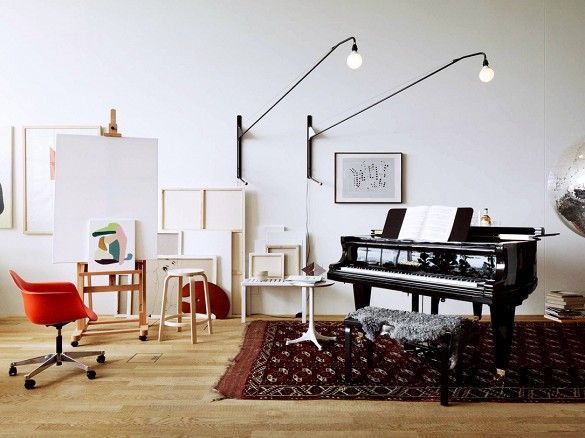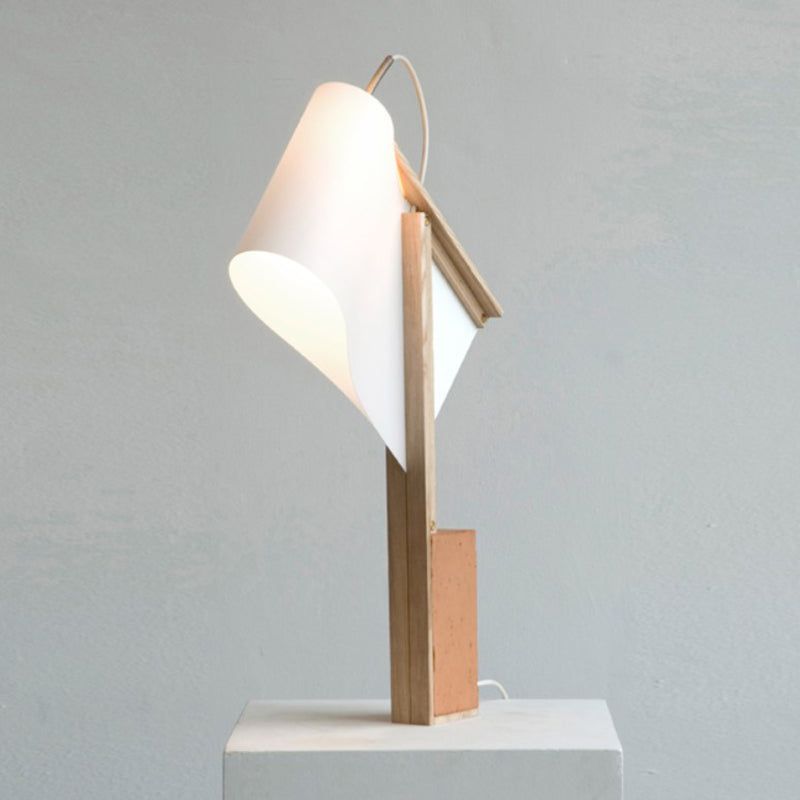
When buying a light bulb, there are a few key factors to consider in order to ensure you are selecting the right one for your needs. First, you should determine the type of bulb you need, whether it be incandescent, compact fluorescent (CFL), or light-emitting diode (LED). Each type of bulb offers different benefits in terms of energy efficiency, brightness, and lifespan. Next, you should consider the brightness level of the bulb, which is measured in lumens. The higher the lumens, the brighter the light emitted by the bulb. Additionally, you should pay attention to the color temperature of the bulb, which is measured in Kelvin. Lower Kelvin temperatures produce warmer, yellow-toned light, while higher Kelvin temperatures produce cooler, blue-toned light. Lastly, consider the bulb’s wattage and compatibility with your fixtures in order to ensure it will provide the desired lighting for your space. By taking these factors into account, you can make an informed decision when buying a light bulb that will meet your needs and preferences.
When it comes to buying a light bulb, there are a few key factors to consider. First and foremost, you will want to think about the brightness level of the bulb. This is typically measured in lumens, with higher lumens indicating a brighter light. It’s important to match the brightness level of the bulb to the specific space where it will be used. For example, a bright, high-lumen bulb may be perfect for a kitchen or workspace, while a lower-lumen bulb may be more appropriate for a bedroom or living room.
Another important factor to consider when buying a light bulb is the color temperature. This is measured in Kelvin and indicates the warmth or coolness of the light produced by the bulb. Lower Kelvin values result in warmer, more yellow-toned light, while higher Kelvin values produce cooler, more bluish light. Again, it’s important to match the color temperature of the bulb to the desired ambiance of the room where it will be used. For instance, a warm, low-Kelvin bulb may create a cozy atmosphere in a living room, while a cool, high-Kelvin bulb may be better suited for a bathroom or office space.
Finally, you will want to consider the energy efficiency of the light bulb you choose. Energy-efficient bulbs, such as LED or CFL bulbs, use less electricity and last longer than traditional incandescent bulbs. While energy-efficient bulbs may have a higher upfront cost, they can save you money in the long run by reducing your electricity bills and the frequency with which you need to replace them. Additionally, using energy-efficient bulbs is better for the environment as it reduces your carbon footprint. When buying a light bulb, it’s important to carefully weigh all of these factors in order to choose the best option for your specific needs and preferences.
 Decoration Ideas
Decoration Ideas










